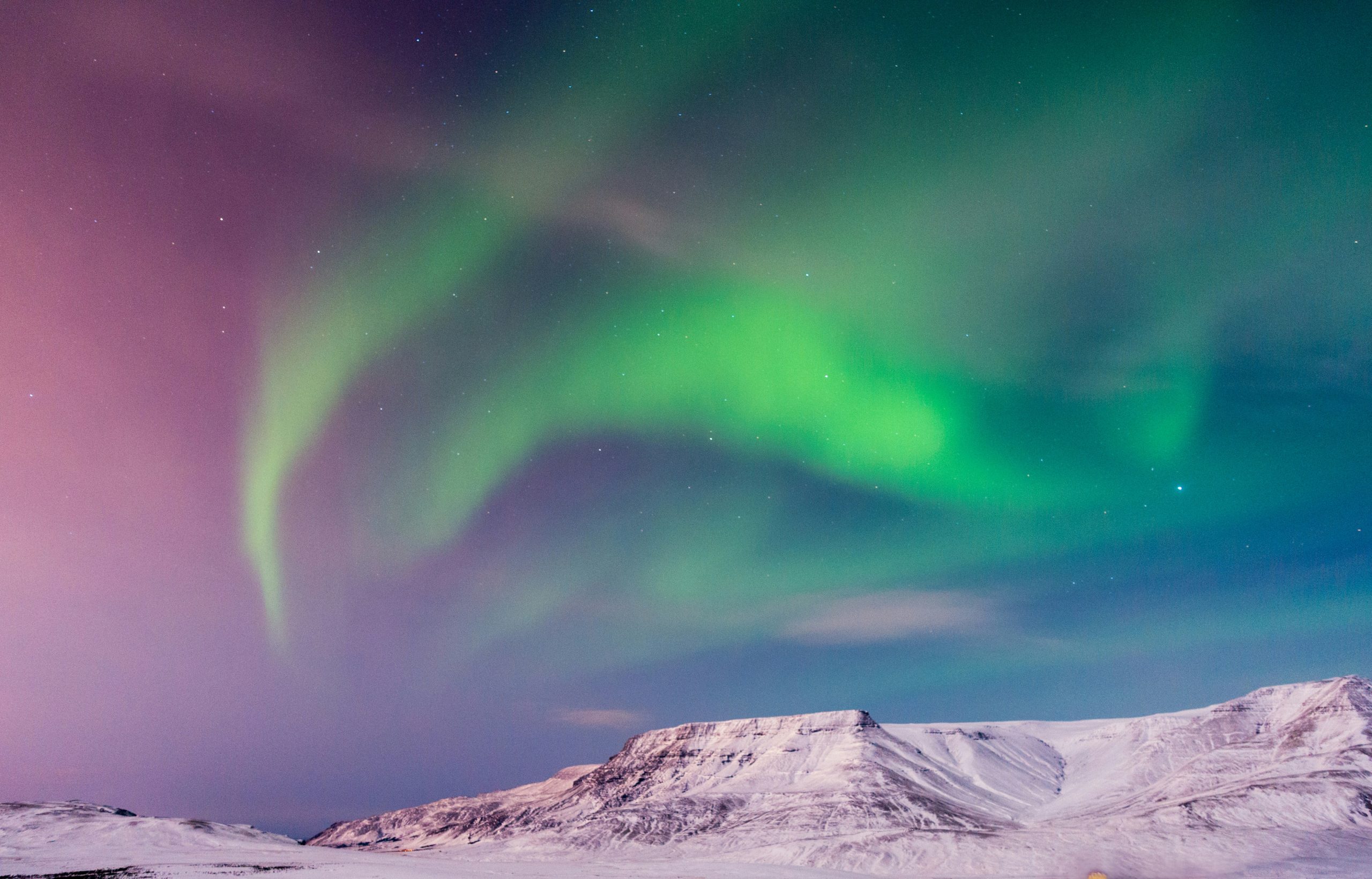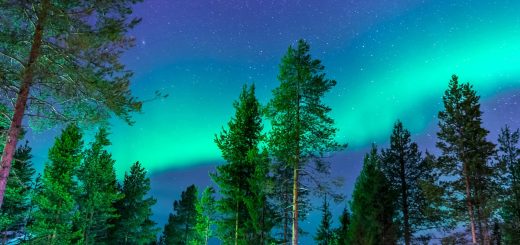How Did Halloween Traditions and Customs Evolve?

Before diving in, please note: This post is for informational purposes only. If you’d like to know more about how we approach topics, feel free to check out our friendly Disclaimer Page.
Hey there, amazing readers! 🖐️ Just a quick note: yes, we know there are a lot of ads here. Trust us, we get it—it’s not the prettiest look, but they help us keep this blog alive and kicking. Those pesky little ads cover the costs of all the behind-the-scenes magic, from hosting and tech stuff to creating content we hope you’ll love.
We’re committed to delivering quality posts, and your support (even just sticking around despite the ads) means everything to us. So, bear with us, and thanks for helping us keep the good vibes rolling. Now, on to the fun stuff! 😉
TRANSLATE BUTTON AT THE END OF THE ARTICLE
Introduction
Halloween, a celebration filled with costumes, candy, and spooky decor, has evolved significantly over the centuries.
Its transformation from ancient rituals to the modern festival we know today is a fascinating journey through history, culture, and adaptation.
This article explores how Halloween traditions and customs have developed and changed, influenced by various cultures and historical events.
Ancient Traditions
Celtic Samhain
Halloween’s roots can be traced back to the Celtic festival of Samhain, celebrated from October 31st to November 1st.
Samhain marked the end of the harvest season and the beginning of winter.
It was believed that during this time, the barrier between the living and the dead was particularly thin, allowing spirits to cross into the human world.
To protect themselves from these wandering spirits, the Celts lit bonfires and wore costumes.
This practice of disguising oneself and creating a barrier of light against the darkness would later influence Halloween’s costume traditions.
Roman Influence
When the Romans conquered Celtic territories, they blended their own traditions with local customs.
Two Roman festivals, Pomona and Feralia, contributed to Halloween’s evolution.
Pomona celebrated the goddess of fruits and trees and involved harvesting and feasting, while Feralia honored deceased ancestors.
The incorporation of apples and ancestor veneration into these celebrations helped shape the modern Halloween practices.
Christian Adaptation
All Hallows’ Eve
In the 8th century, the Christian Church aimed to replace pagan festivals with Christian observances.
Pope Gregory III designated November 1st as All Hallows’ Day, later known as All Saints’ Day.
The evening before, October 31st, became known as All Hallows’ Eve, which eventually shortened to Halloween.
This adaptation maintained the focus on honoring the dead while incorporating Christian elements.
All Souls’ Day
Following All Saints’ Day, All Souls’ Day on November 2nd was established to commemorate the souls in purgatory.
This day involved lighting candles and offering prayers, customs that influenced Halloween’s focus on remembering the deceased.
These traditions merged with the pre-existing Halloween practices, enriching the holiday’s cultural significance.
Halloween in America
Colonial and Immigrant Influences
Halloween traditions were brought to America by European immigrants, particularly the Irish and Scots-Irish.
These groups introduced customs like carving turnips into lanterns, which evolved into the more familiar practice of carving pumpkins in the United States.
Additionally, the tradition of souling, where children and the poor would go door-to-door seeking food in exchange for prayers, contributed to the development of trick-or-treating.
The Evolution of Trick-or-Treating
The practice of trick-or-treating has its roots in both European and American traditions.
In medieval England, children would go “souling” on All Hallows’ Eve, and this evolved into the modern trick-or-treating practice.
By the early 20th century, Halloween had become a community-centered celebration with parades, parties, and trick-or-treating, further establishing its presence in American culture.
Modern Halloween Customs
Costumes and Decorations
Today, Halloween is renowned for its elaborate costumes and decorations.
The tradition of dressing up has evolved from ancient practices intended to ward off spirits to a celebration of creativity and fun.
Modern costumes range from traditional ghosts and ghouls to pop culture icons and humorous characters.
Haunted Houses and Parties
Haunted houses and Halloween parties have become central to the holiday’s celebrations.
These events offer a way for people to engage with the spooky side of Halloween in a controlled and entertaining manner.
Haunted houses, in particular, provide a thrilling experience that taps into the holiday’s eerie themes.
Commercialization and Pop Culture
Halloween has evolved into a major commercial holiday.
Retailers and businesses have embraced the holiday, offering a wide range of costumes, decorations, and candy.
This commercialization has helped Halloween grow in popularity, turning it into a significant cultural event.
The influence of pop culture has also played a role, with movies, TV shows, and media contributing to the holiday’s modern image.
Global Variations
Halloween Around the World
While Halloween is most commonly associated with American celebrations, similar traditions exist globally.
In Mexico, Día de los Muertos (Day of the Dead) celebrates deceased loved ones with colorful altars and offerings.
In Ireland and Scotland, traditional Samhain customs continue to be observed.
These global variations highlight Halloween’s adaptability and the way it intersects with different cultural practices.
Conclusion
The evolution of Halloween traditions and customs reflects a rich tapestry of historical, cultural, and social influences.
From ancient Celtic rituals and Roman festivals to Christian adaptations and modern American celebrations, Halloween has grown into a vibrant and multifaceted holiday.
Understanding its evolution not only enhances our appreciation of the holiday but also connects us to a broader cultural heritage that continues to evolve and adapt with each passing year.

The Enlightenment Journey is a remarkable collection of writings authored by a distinguished group of experts in the fields of spirituality, new age, and esoteric knowledge.
This anthology features a diverse assembly of well-experienced authors who bring their profound insights and credible perspectives to the forefront.
Each contributor possesses a wealth of knowledge and wisdom, making them authorities in their respective domains.
Together, they offer readers a transformative journey into the realms of spiritual growth, self-discovery, and esoteric enlightenment.
The Enlightenment Journey is a testament to the collective expertise of these luminaries, providing readers with a rich tapestry of ideas and information to illuminate their spiritual path.
Our Diverse Expertise 🌟
While our primary focus is on spirituality and esotericism, we are equally passionate about exploring a wide range of other topics and niches 🌍📚. Our experienced team is dedicated to delivering high-quality, informative content across various subjects ✨.
To ensure we provide the most accurate and valuable insights, we collaborate with trusted experts in their respective domains 🧑🏫👩🏫. This allows us to offer well-rounded perspectives and knowledge to our readers.
Our blog originally focused on spirituality and metaphysics, but we’ve since expanded to cover a wide range of niches. Don’t worry—we continue to publish a lot of articles on spirituality! Frequently visit our blog to explore our diverse content and stay tuned for more insightful reads.





